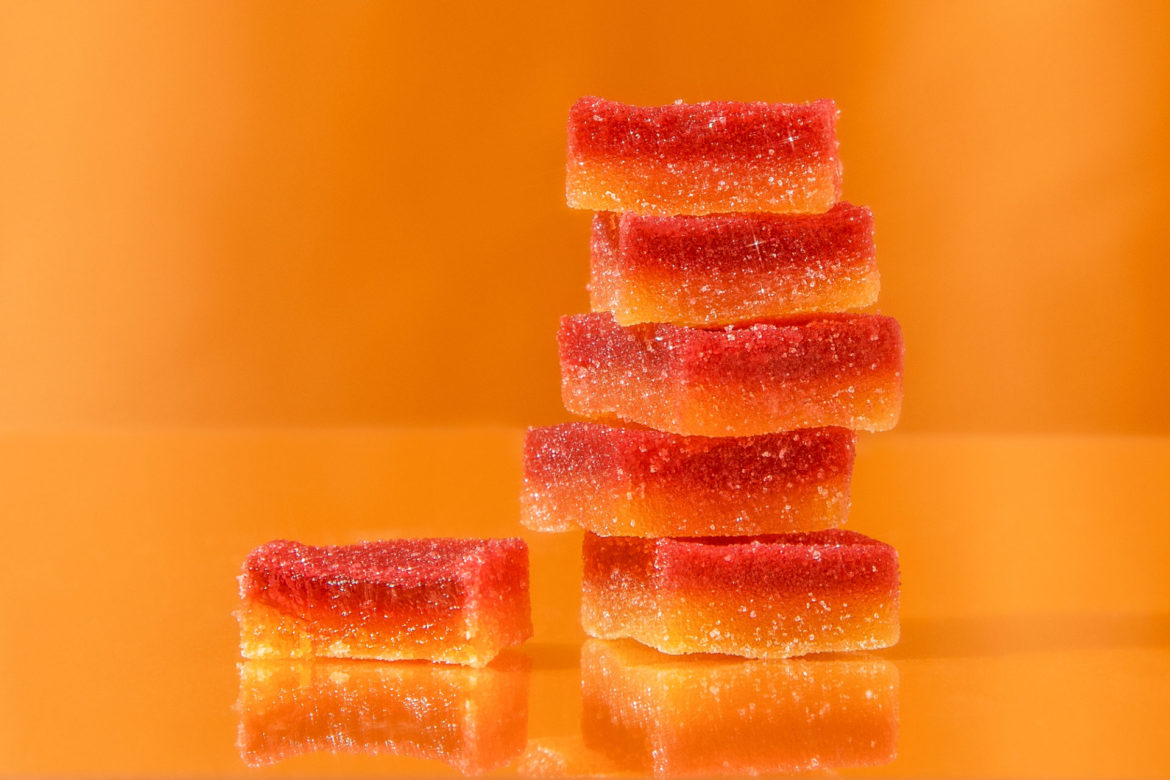“Pâte de fruit, the traditional French confection of dense, chewy, usually cubed fruit paste, is finally getting the love it has always deserved.“

The following written content by Flora Tsapovsky
In her sunny Oakland kitchen, Yamina Merzoug Castro pulls out a metal funnel and an array of rubber molds containing tiny, round-edged square cavities. Soon, she’ll pour a sweet, gooey substance into the funnel and hand-fill the squares, one by one. But it’s not chocolate or fudge she’s being precious and precise with—it’s pâte de fruit. After a cool-down and a roll in sugar, the delicious morsels find their way into expertly branded bags with the logo of Castro’s new endeavor, Yami Yami, dedicated solely to pâte de fruit.

Pâte de fruit, the traditional French confection of dense, chewy, usually cubed fruit paste, is finally getting the love it has always deserved. A frequent component on the dessert petit fours plate served at French restaurants, and a Christmastime novelty at high-end pâtisseries, the fruit jellies have been, for decades, an old-school treat, rarely taking the spotlight. When writing about it in 2014, Michael Liaskonis, the Creative Director of New York City’s Institute of Culinary Education, didn’t hesitate to call it “boring.”
But, due to the pandemic, which left many out-of-work chefs with excess time (and a public craving comforting sweets), pâte de fruit is becoming exciting in America all of a sudden—exciting enough to be offered as a mystery “surprise me” addition to the chocolate boxes that high-end chocolatier and Sons sends its customers, hip enough to be infused with CBD, and eclectic enough to be flavored with mezcal. Read more from Food and Wine.





